Norwegian Trainer
Introduction
This little model came about via a series of freebies from very kind friends. One of my Norwegian friends gifted me the decals and the kit and an American friend the SBS accessories. The Norwegian Air Force ordered the Tiger Moth to supplement and replace the DH.60 Moth trainers. The contract for 38 DH.82 Tiger Moths was signed in 1932 by non other than Vikund Quisling with the actual aircraft being built at the Army Aircraft Factory at Kjeller. Training was the main role of these aircraft but they were also used for liaison, reconnaissance and communications duty. They survived until World War II and actually played some role in the Norwegian campaign with some being destroyed on the ground. (Historical information taken from the Vingtor decals instructions).
The Model
The Norwegian Tiger Moth is a conversion. The DH.82 differed significantly from the DH.82A (the subject of the Airfix kit I used). Changes were removal of a lot of small external detail and carving the rear fuselage decking to represent the stretched fabric of the originals. The front cowling underside also needed reducing by 1mm to represent a DH.82. Other changes included rearranging the levers and instrument panels to represent Norwegian arrangements more accurately. The compasses need to be carefully cut from the instrument panels and attached to the side of the cockpit. I was able to find excellent reference photos in a Norwegian online museum and on the Storch.no website. The latter dealt with the restoration of a crashed Norwegian Tiger Moth to original condition and was invaluable for accurate information on their configuration.
Aftermarket was used extensively for this build. I used both SBS sets, the cockpit set and the rigging set. Both were superb. The cockpit set is very fiddly but adds a lot of veracity but the rigging set was the surprise. I hadn't expected it to be so easy to use. One needs to proceed with care but rigging took 40 minutes instead of the normal two days. It also came with the correct wheels for the Norwegian aircraft and a full set of control horns. The decals were the Vingtor set and these were not so impressive. They don't like cold and are brittle. However, colour saturation is excellent and coverage of the subject matter comprehensive with the correct Norwegian fonts. Norwegian army aircraft were received odd numbers and there are ample decals to make any of the Norwegian army (or navy) Tiger Moths. The Airfix kit goes together very well and is very accurate and delicate. The parts are as near scale as can be achieved and one has to be very careful as they are delicate. The solution to the stagger and spacing issue for the interplane struts is very ingenious and works nicely. However, it doesn't like being converted and this was a difficult conversion. It certainly isn't one you want to undertake as your first conversion. Fit is excellent though and the kit comes with a very detailed and useful rigging diagram. Of course a lot of the features were replaced with more accurate aftermarket and added (for example, the brass fuel feed pipe).
The Aircraft
As I said Norwegian army Tiger Moths were allocated odd numbers and I chose the second aircraft 129. I was able to find several detailed photos of the prototype and following the advice in the excellent Vingtor decals instruction sheet was also able to get the correct green (Humbrol 91 is a very good match). Because Norwegian aircraft had a shiny finish I varnished the model with semi-gloss. Interior fabric was represented by AK 11062 'Old Rose' which matches the photos on Storch.no very well. Control cables came from InfiniWire 0.1 mm brass wire and this was as difficult as ever to use.
Conclusion
It's more involved than one would think but it is possible to make a very respectable replica of a Norwegian Tiger Moth. Whatever kit you choose you will need to backdate and to take account of Norwegian differences. The Vingtor Decals despite their foibles are essential for building an accurate Norwegian aircraft. The SBS aftermarket fully lives up to their excellent reputation and enhances the end result no end.

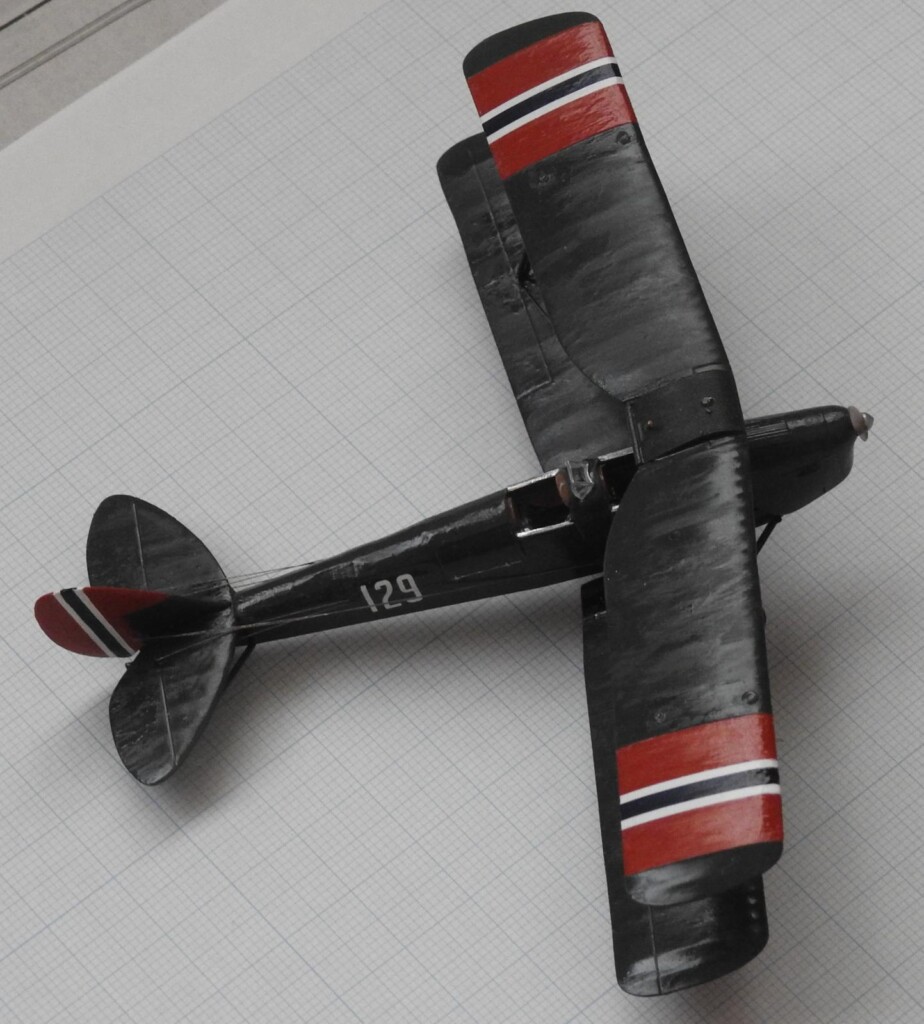
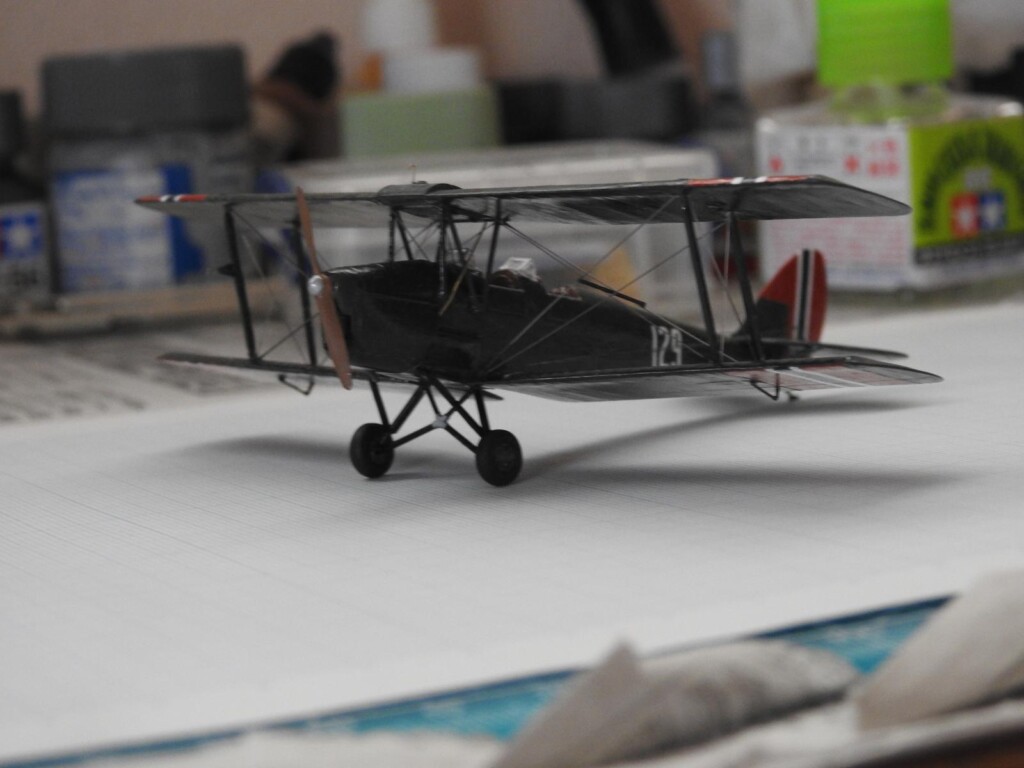
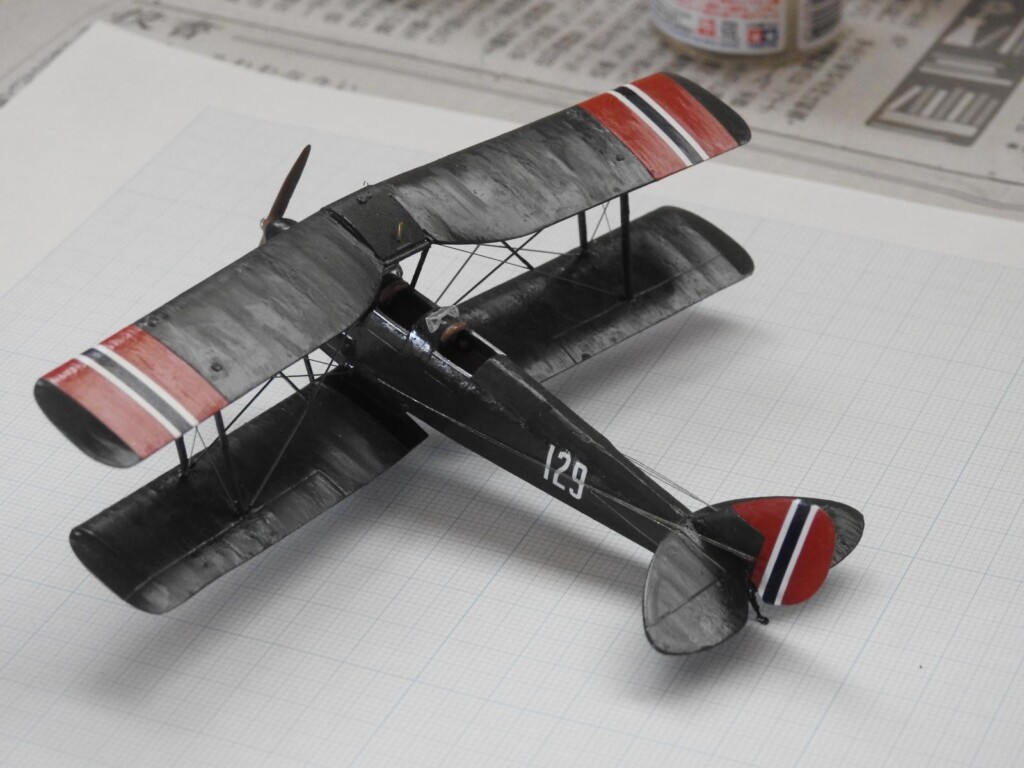
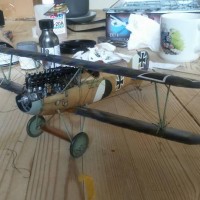
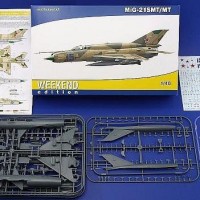
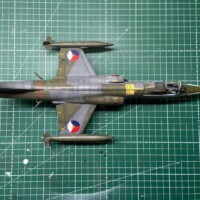
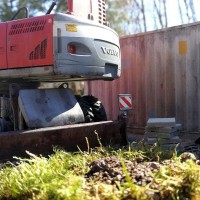
Very interesting conversion on the Airfix kit, it must have been quite fiddly in this scale.
Hi George
The answer to that is yes it was. There's a lot of small details to remove and to add. Thanks for the kind comment.
Excellent model, Christopher! It surely took A LOT of extra work, but the result is an accurate representation of the Norwegian Tiger Moth! As always your research is superb.
Congratulations!
Indeed it did. Many, many thanks for the very kind comments. Research was straightforward this time but thanks again.
A great conversion of this Tiger Moth, Christopher @christopher
At 1/72 this aircraft is tiny already let alone the modification you did.
Excellent work and superb outcome.
Many thanks John - I really appreciate the comments. It is a tiny aircraft as well.
The Tiger Moth looks good in those colors. Well done.
Thanks for the kind comments Greg
Congratulations on that fine build. I struggled trying to get my Tiger Moth looking that good in 1:32! I can appreciate all the work you put into this 1:72 model. And it's always great to have the real thing handy for reference!
Much appreciated Chas - I'm sure your Tiger Moth will turn out superbly.
Amazing conversion Christopher (@Christopher). Looks fantastic. Well done sir! 🙂
Thanks ever so much. It isn't an easy conversion but it produces an unusual result.
Nicely done Christopher.
Thanks ever so much Alan
Great work on a tiny model!
Hi John
Many thanks indeed - it was indeed small.
Amazing details on such a small scale. @christopher
Thanks ever so much John. The details were very small particularly the cockpit.